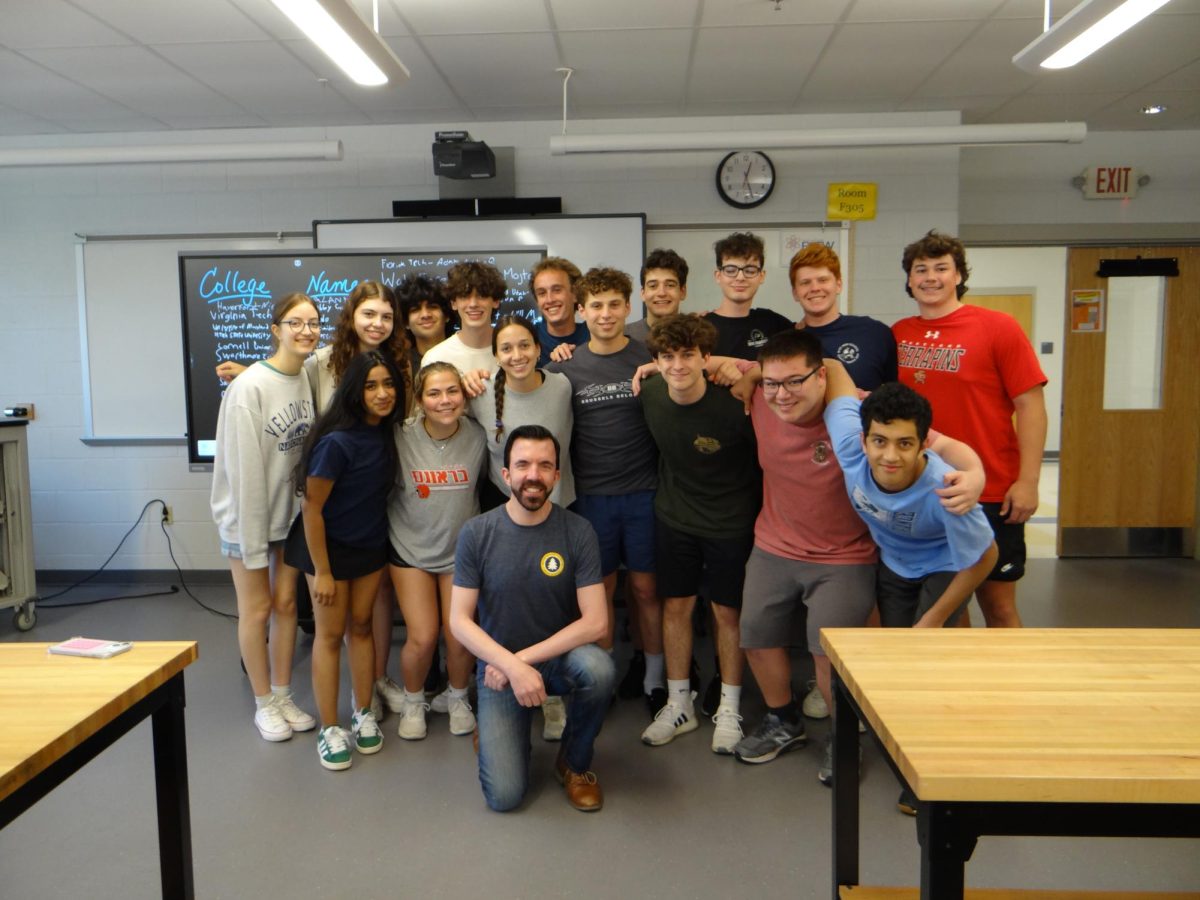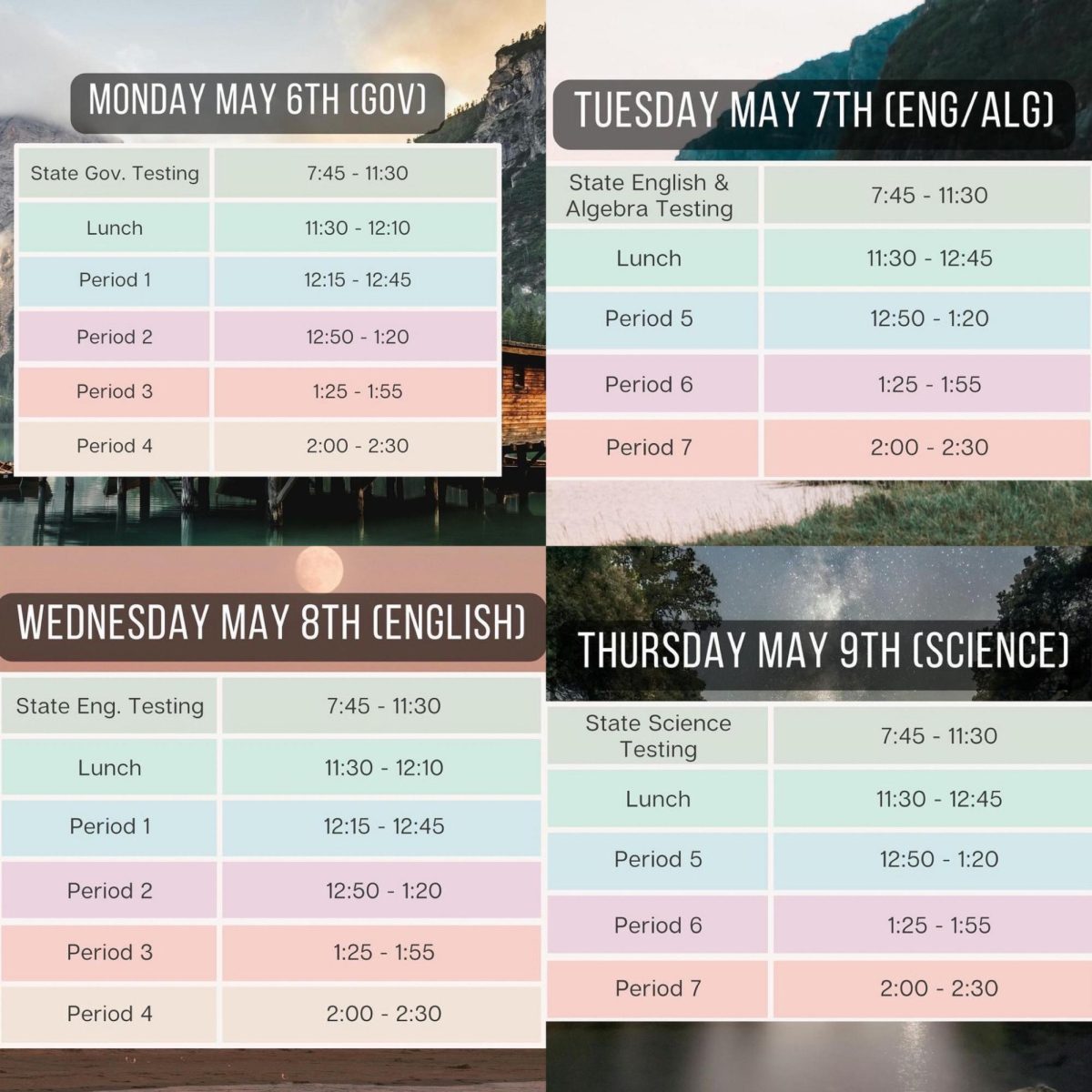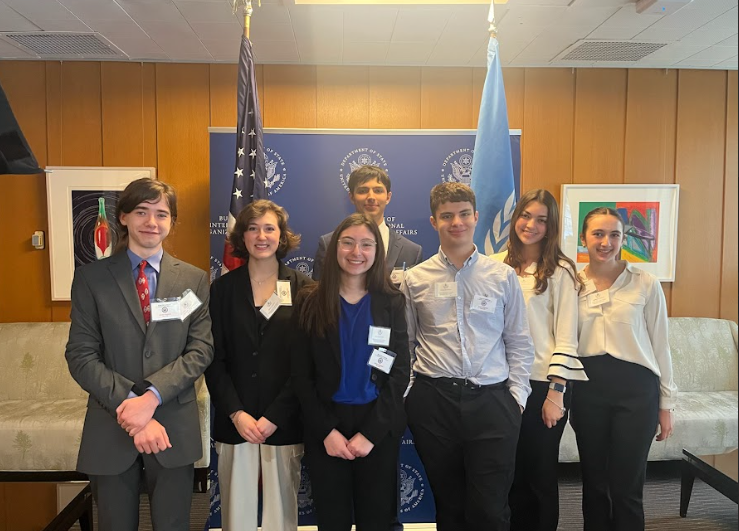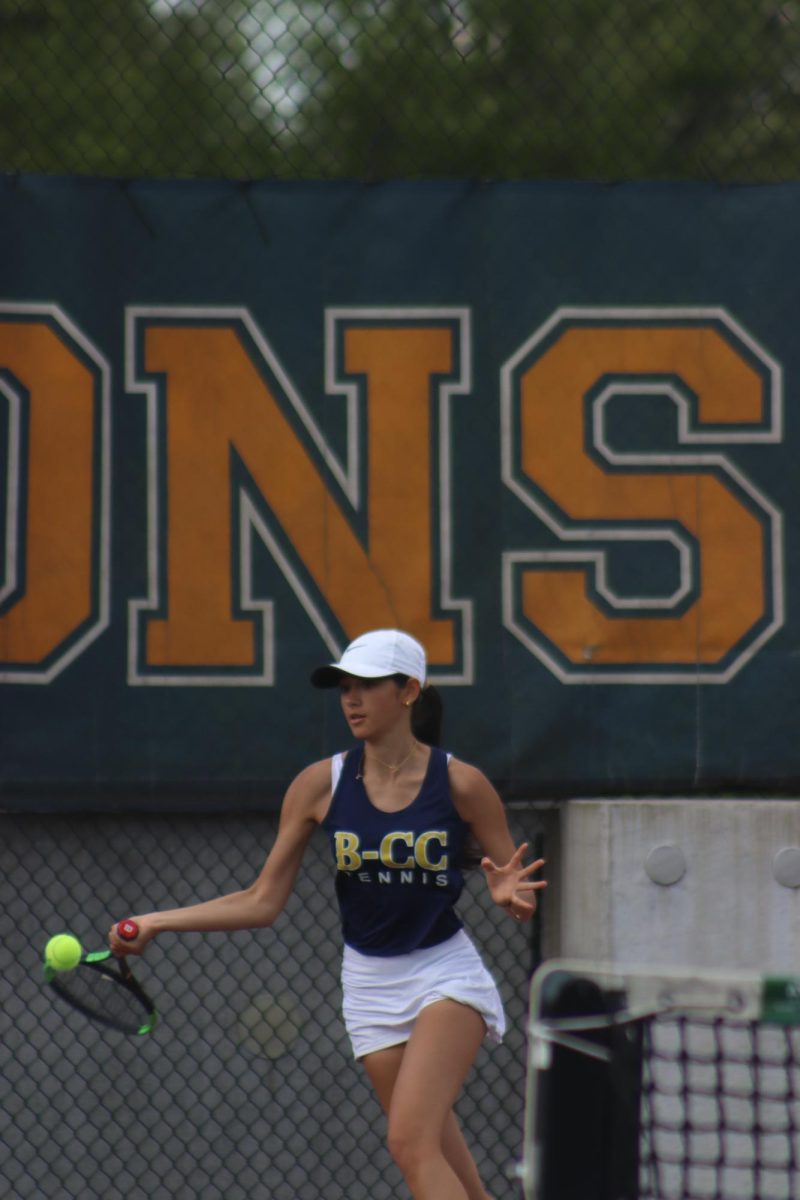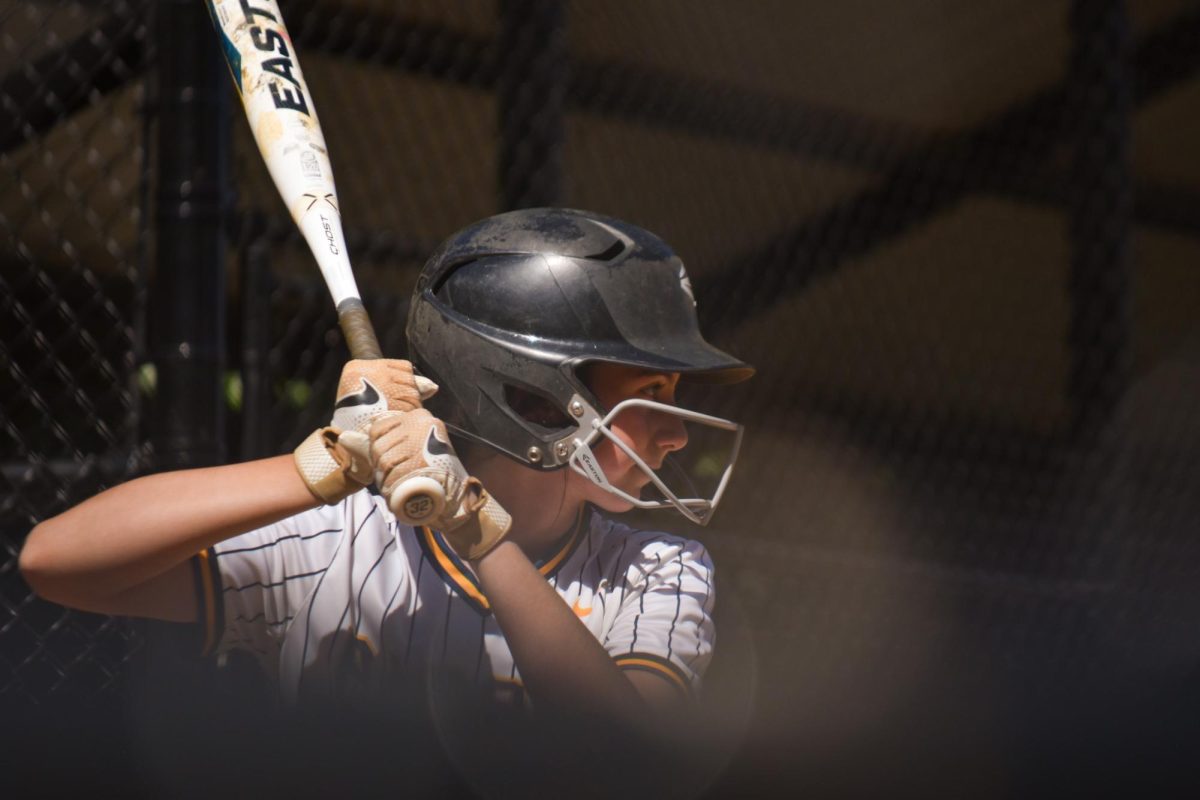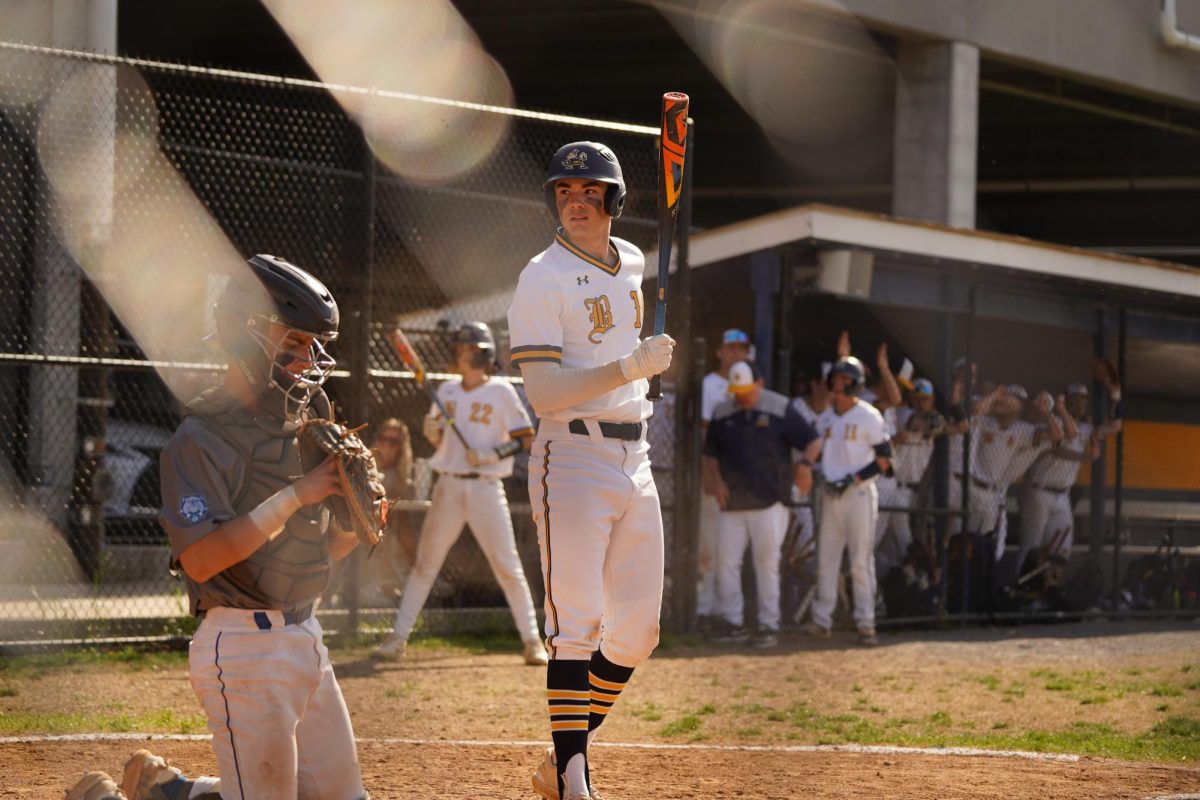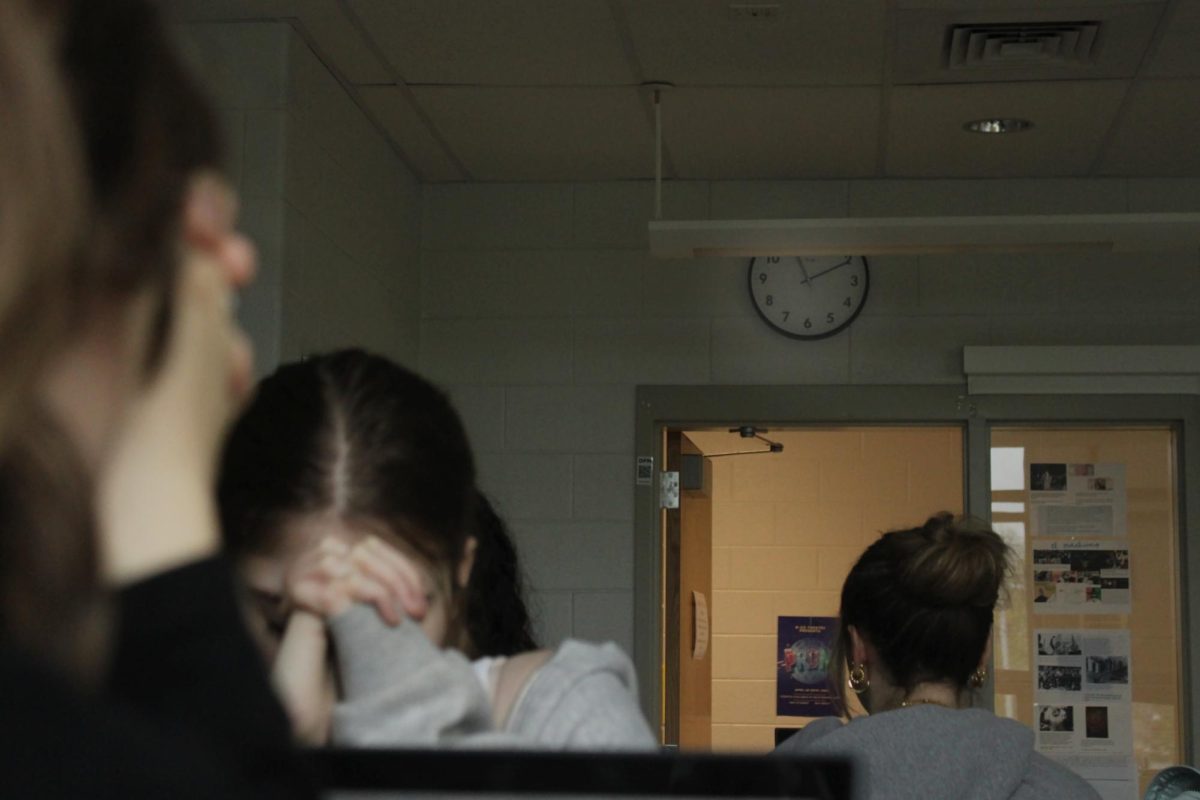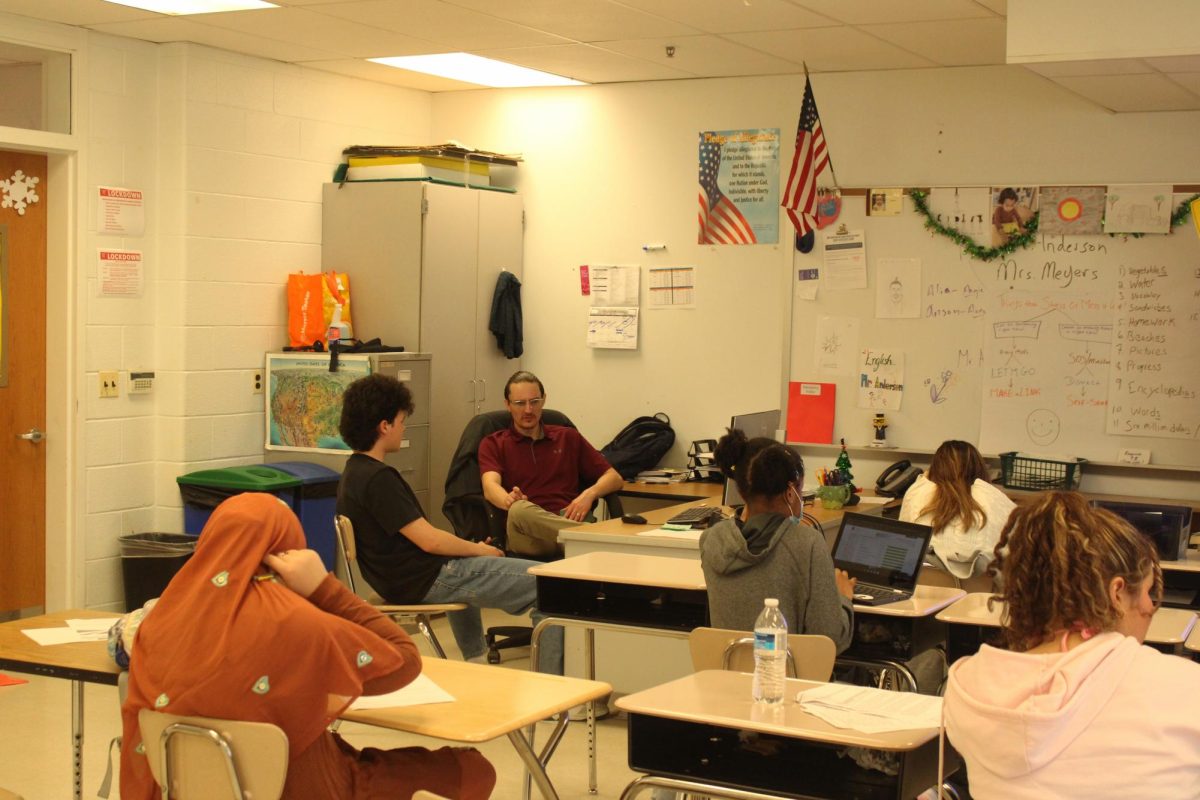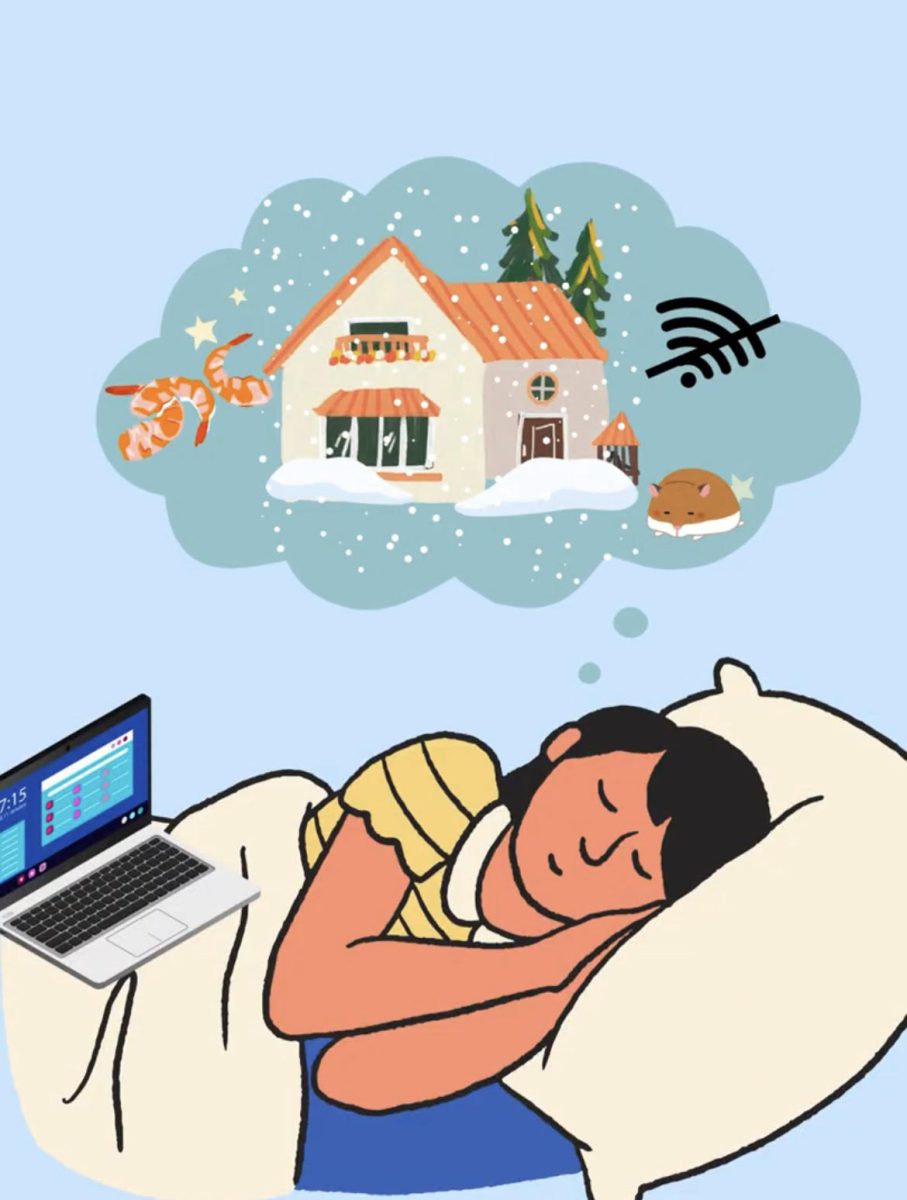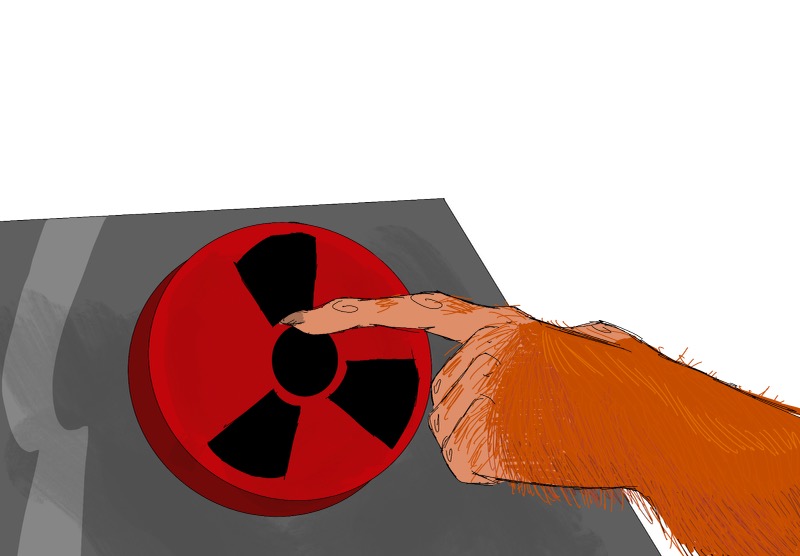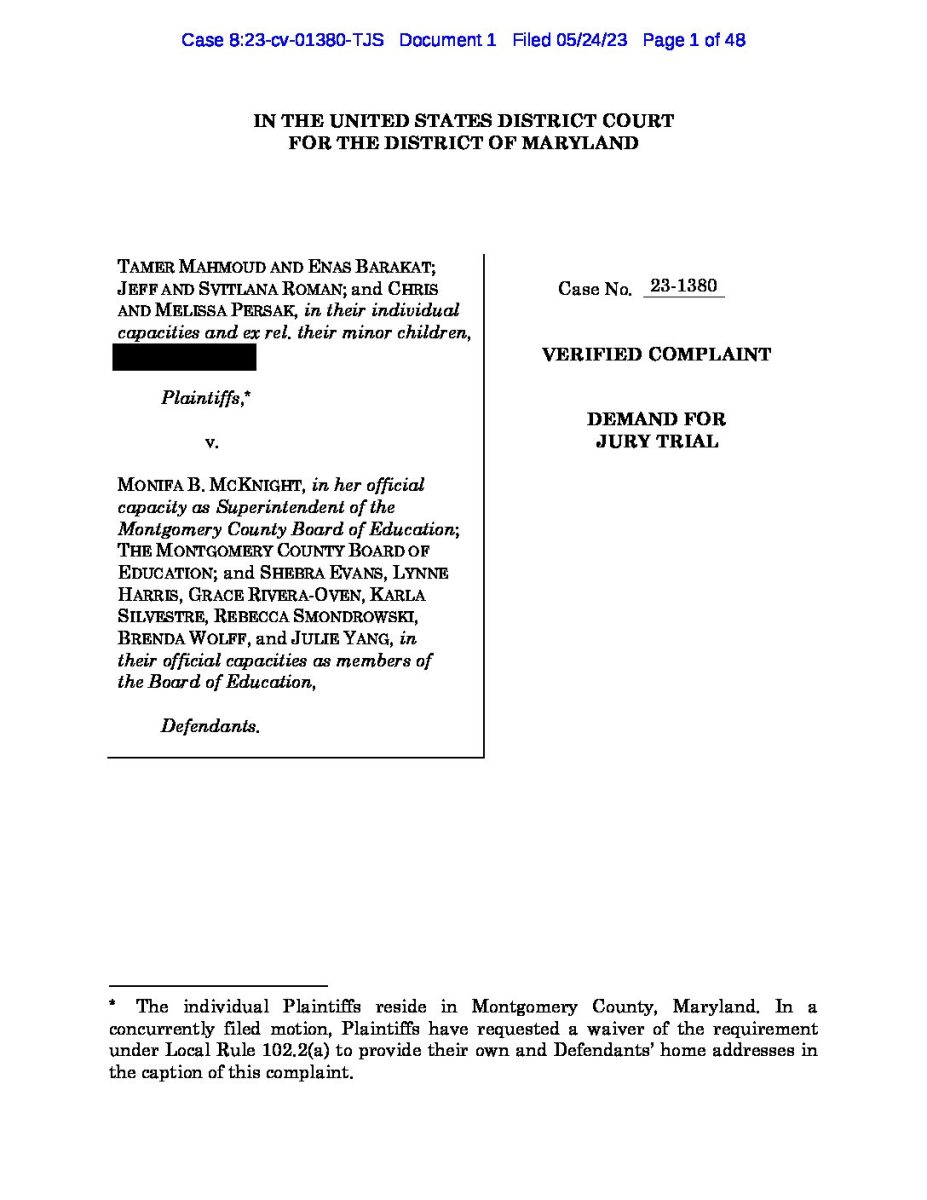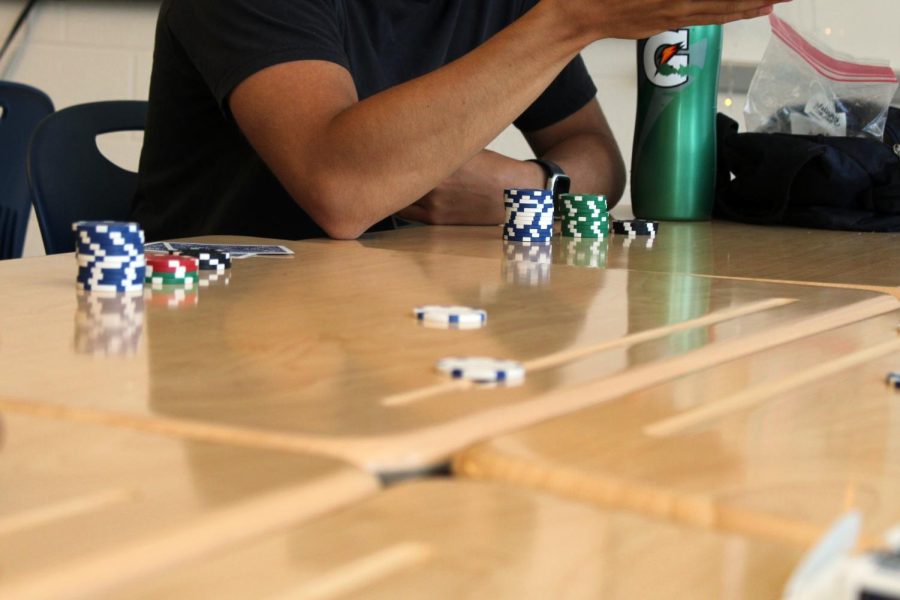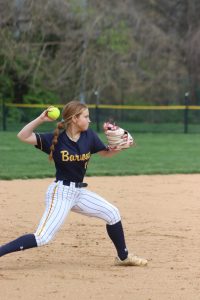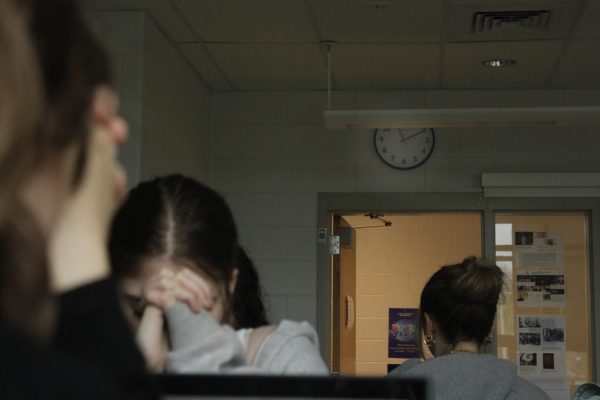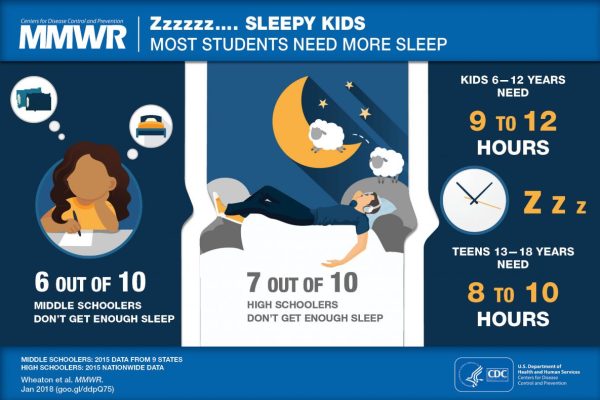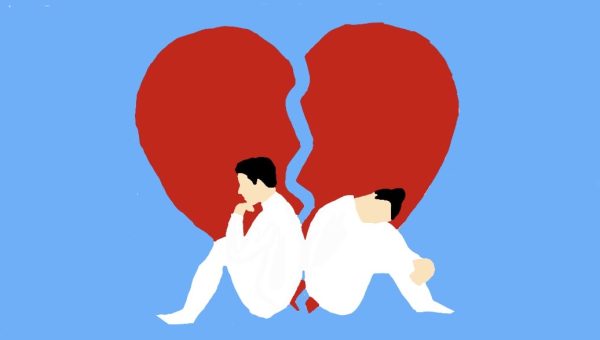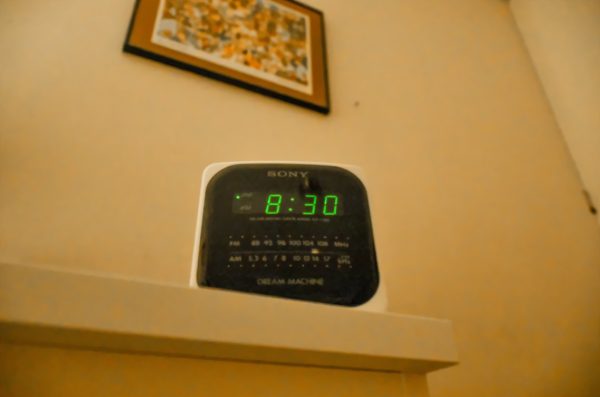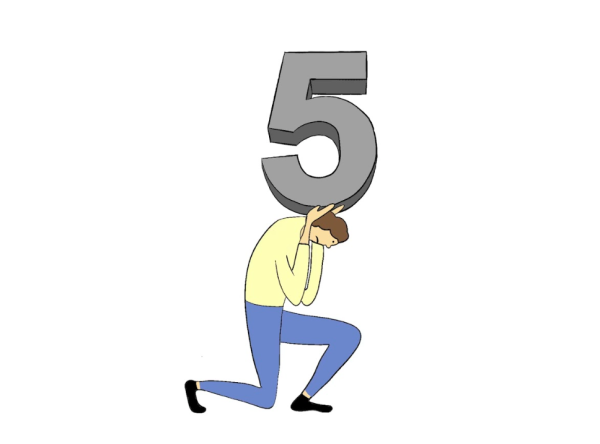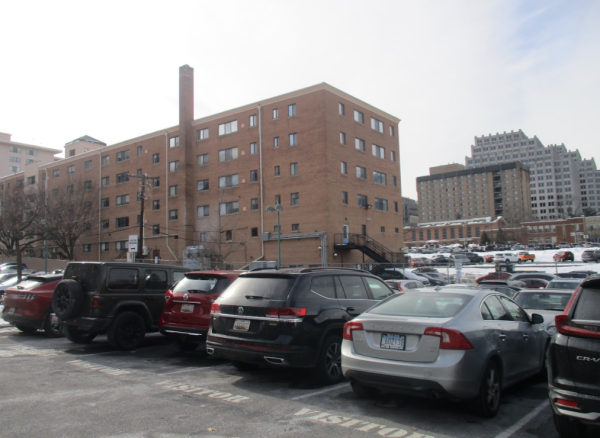Not-So-Great Expectations: A Feedback Loop Sending B-CC in a Downward Spiral
“If my child has a good grade in the class and isn’t going to miss anything in the class, then I’m okay with them not going.”
June 2, 2023
It’s not the best of times.
“We’ve been doing absolutely nothing. We have a daily ‘Among Us’ tournament in one of my classes,” said junior Ronen Israel regarding activities in his classes recently. Junior Ryan Tercyak also shared his post exam class activities: “In my AP class, we’ve been watching Cars 2 and a few of us play card games too.”
From May 1 to June 1, there were 4,089 whole day absences reported at B-CC. Before this month, there were only about 2,800 whole day absences per month on average.
From May 1 to June 1, there were 4,089 whole day absences reported at B-CC. Before this month, there were only about 2,800 whole day absences per month on average.
For many students, attending class has felt optional since early May. As we continue to receive news about student misbehavior, we must consider why students are acting out before we can implement effective countermeasures. The issue of rising truancy trends is much deeper than students neglecting to show up. The end of exams has triggered a feedback loop where a combination of students seeing no point in attending and teachers scaling back workload and academic instruction have accelerated absenteeism. The end of the school year has presented a shared struggle between students and teachers, with students feeling unmotivated and teachers trying to account for this while still attempting to provide the most beneficial education possible.
A B-CC parent shared, “Obviously I’m not in favor of [my children] skipping school, but I’m not gonna stop them, especially if they’re not doing much in class.”
Obviously I’m not in favor of [my children] skipping school, but I’m not gonna stop them, especially if they’re not doing much in class.
— B-CC Parent
Another B-CC parent who also wishes to remain anonymous said, “If my child has a good grade in the class and isn’t going to miss anything in the class, then I’m okay with them not going.” As for the rationale behind this, she explained, “It’s honestly the culture kind of in the area. Kids take hard classes and do well in them but just don’t go to all their classes.”
As for classes like those described by Israel and Tercyak, AP Statistics teacher Ms. Wahi said, “Parents have complained. My department leaders sent me an email saying the principal has gotten emails from parents and wants to know a list of everything we’ve been doing in the AP and IB classes after the exams.”
Teachers also must deal with the issue of teaching with a fraction of their classes present. Regarding her non-AP classes, Ms. Wahi continued, “The excessive absences is a real challenge for planning because when I plan a test day, half of them don’t show up. I have to make another version of the test, and then they don’t show up on the make-up day…and so on and so forth.”
The COVID-19 pandemic has affected how instruction operates, even now that we are back to in person instruction. AP U.S. History teacher Dr. Hogewood stated, “I think post pandemic, so much of the work is online so students in many ways feel that they don’t really need to be there and can do it from home…but in our current structure we really need the kids here because you lose that critical mass of energy that keeps the class going.”
I think post pandemic, so much of the work is online so students in many ways feel that they don’t really need to be there and can do it from home…but in our current structure we really need the kids here because you lose that critical mass of energy that keeps the class going.
— Dr. Hogewood
A major cause in truancy trends is that there are virtually no enforced consequences for absences. Excused absences and unexcused absences have no de facto differences. While Maryland education law states that students must be present or will otherwise be subject to intervention, most students have merely received notices. Throughout this school year, B-CC has sent out letters to chronically absent students (those who have been marked absent for 10% or more of school days). Freshman Anna Barone was among the receiving students: “I got a letter sent to my house saying that I was chronically absent, and I know some other people got one too.” MCPS has plans to implement stricter policies and repercussions for truant students (see new attendance policy).
B-CC’s hall pass policy and new anti-vandalism measures have attempted to control skipping, however we are yet to see major successes from these strategies alone.
One strategy to limit absences that has seen success at B-CC is to prevent student athletes from participating in practices or games if they have an unexcused absence. Now that most spring sports have come to an end, many students lack an incentive to maintain good standing attendance. Sophomore Zola Welch stated, “I was always going to class during the lacrosse season because I had to, and now that it’s over I find myself skipping a lot more.”
I was always going to class during the lacrosse season because I had to, and now that it’s over I find myself skipping a lot more.
In order to combat truancy trends, schools are going to have to introduce effective incentives while providing adequate support and guidance to both students and teachers. Preventative strategies for student misbehavior must analyze the multiple factors that contribute to students skipping. The rise in absenteeism recently is merely a symptom of larger complex issues that the school system is facing in the midst of navigating post-pandemic education, student mental health, and differing enforcement of attendance laws.
We must battle them before the loop spirals out of control.

